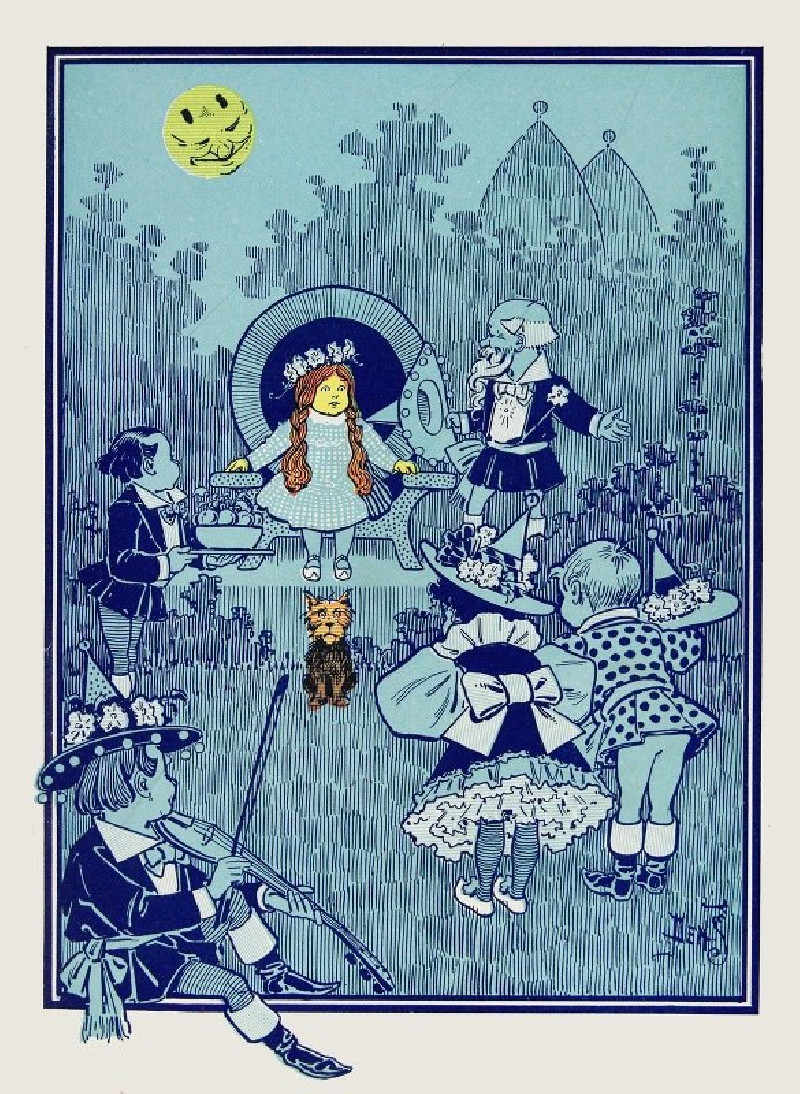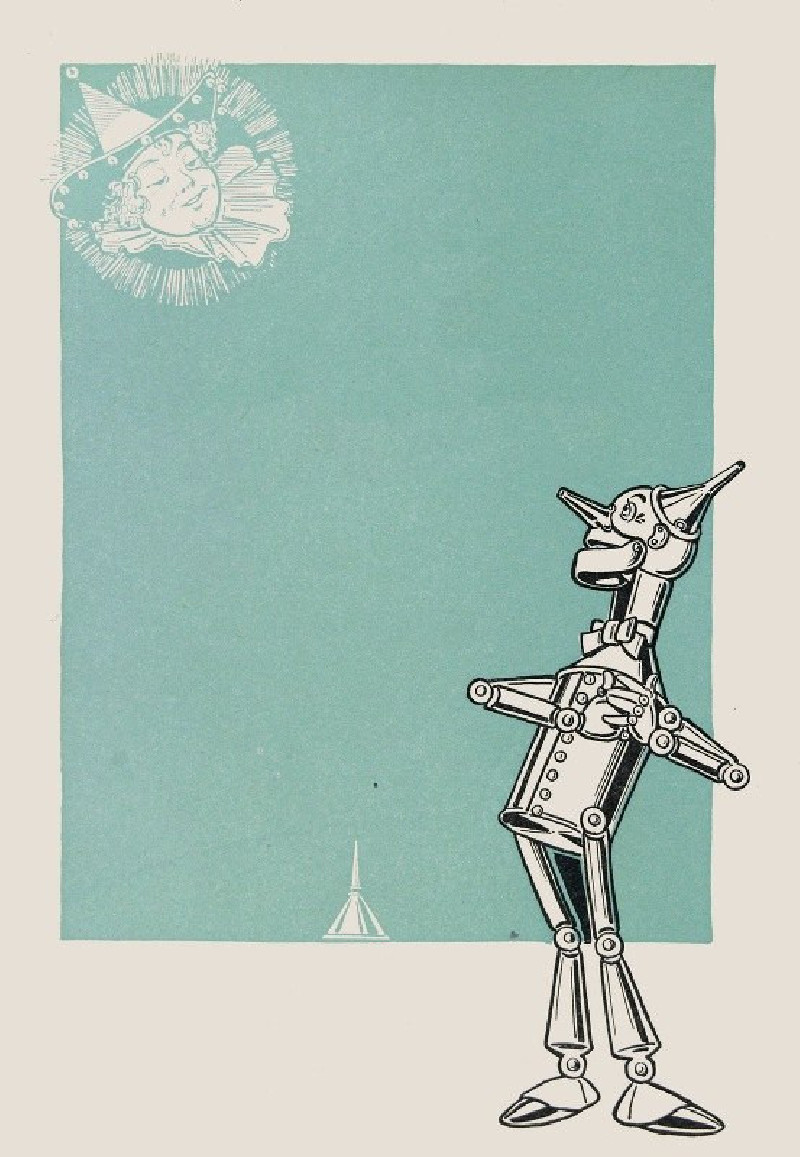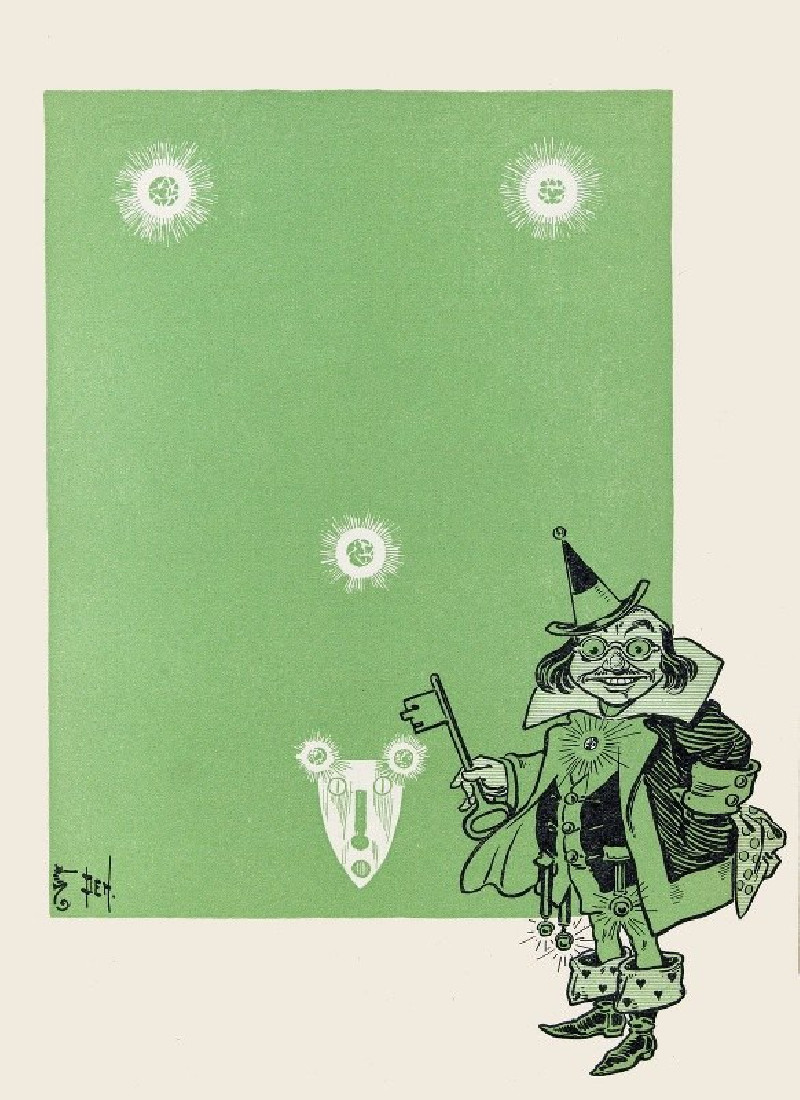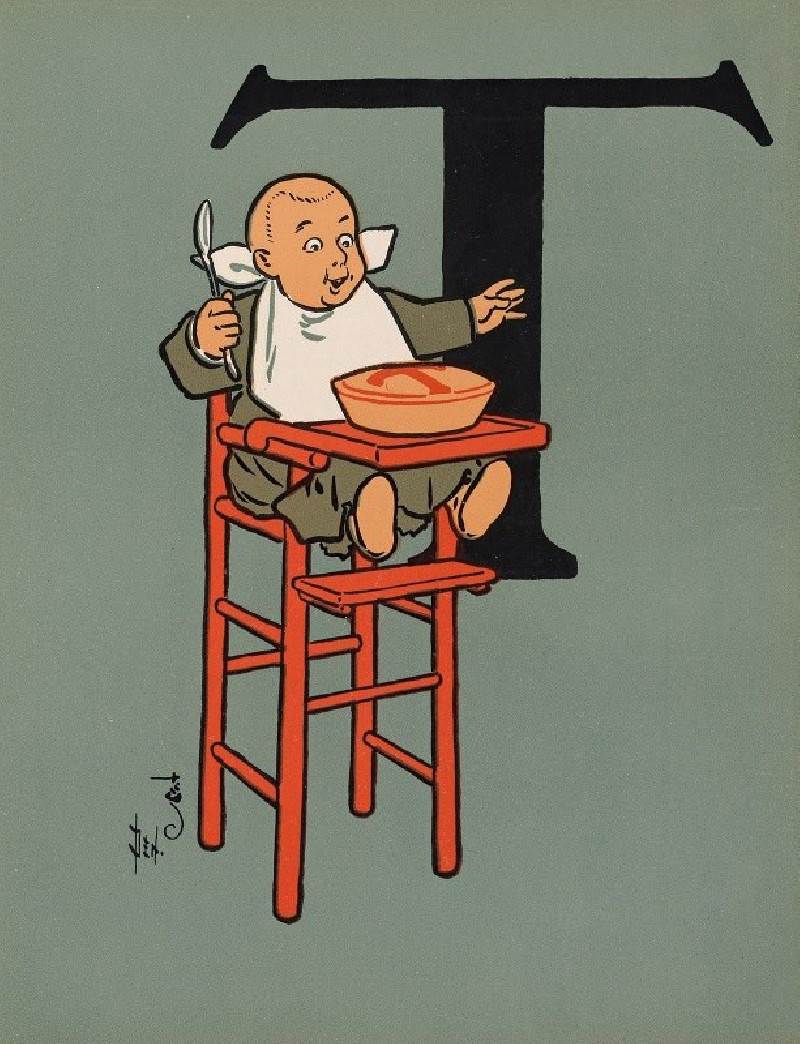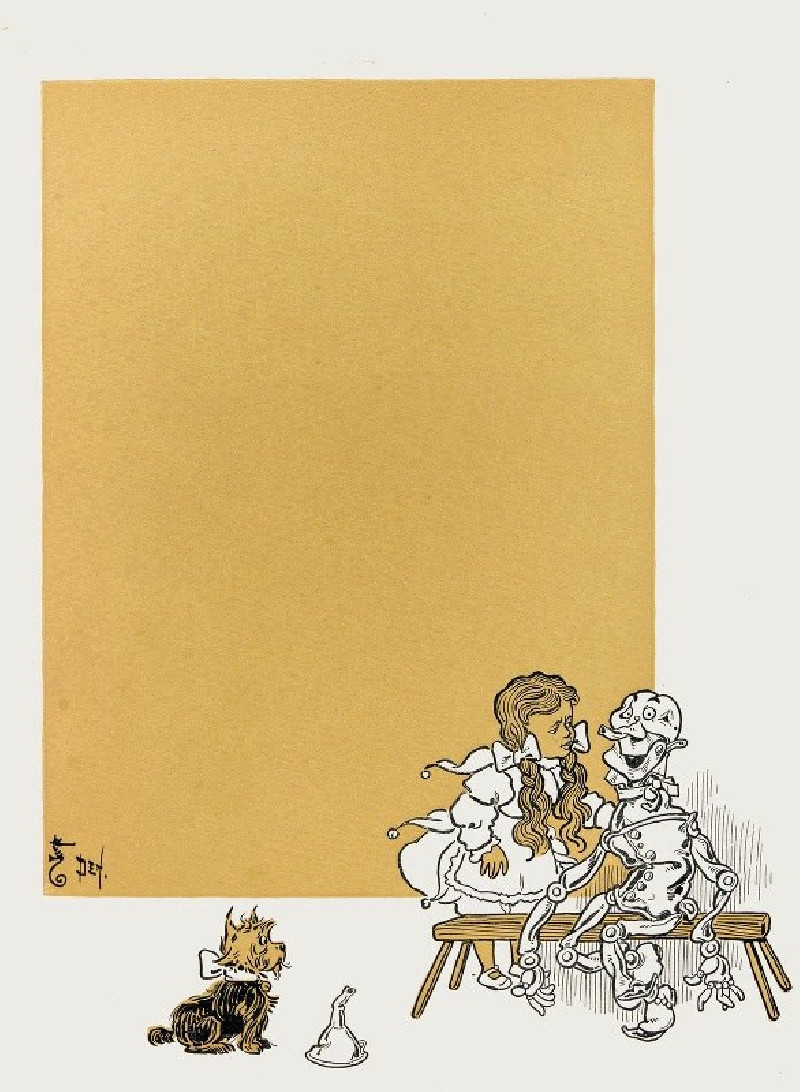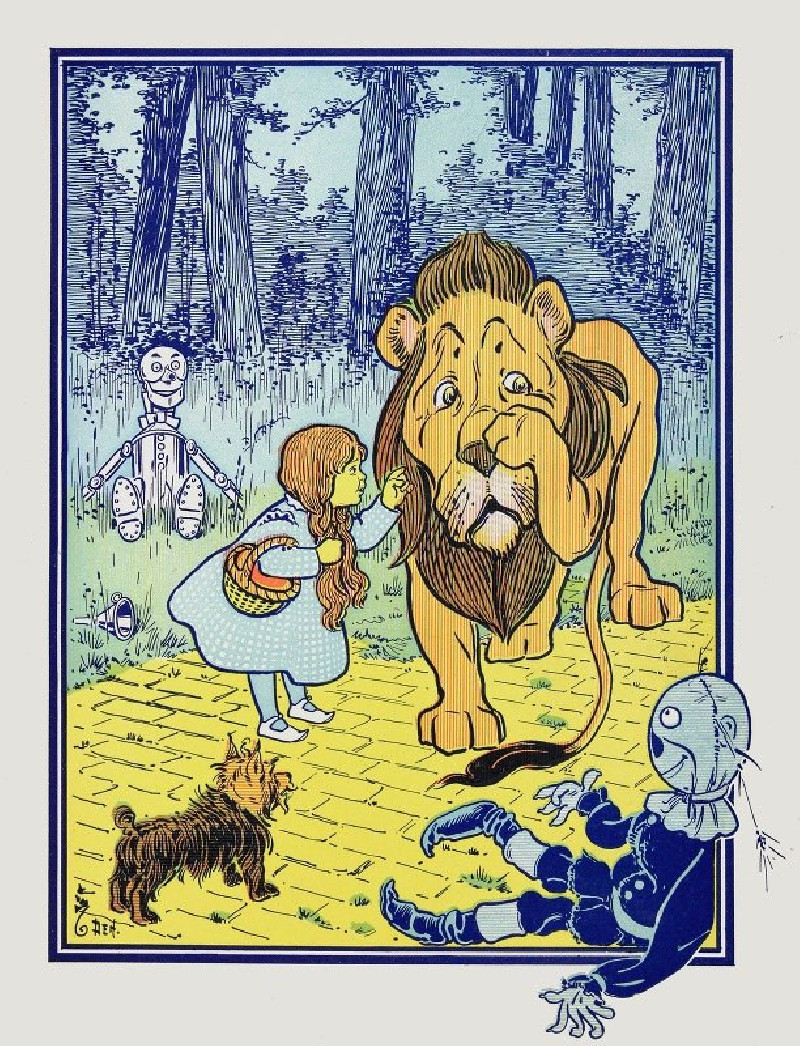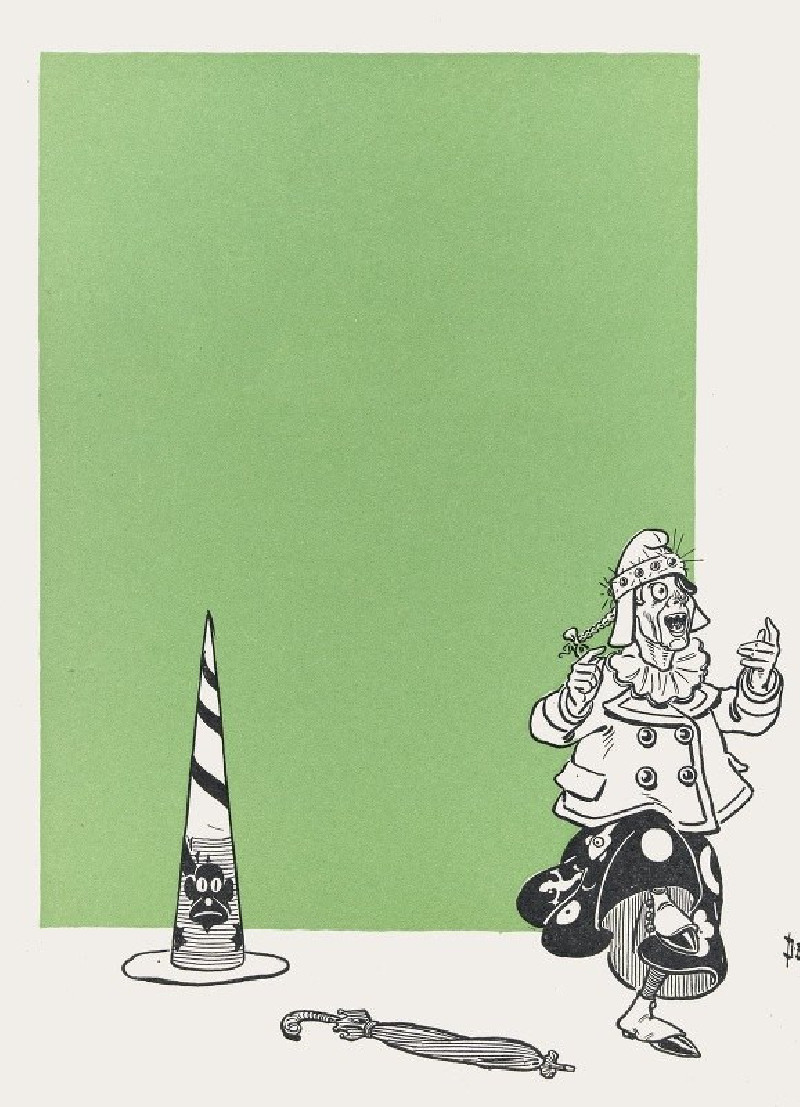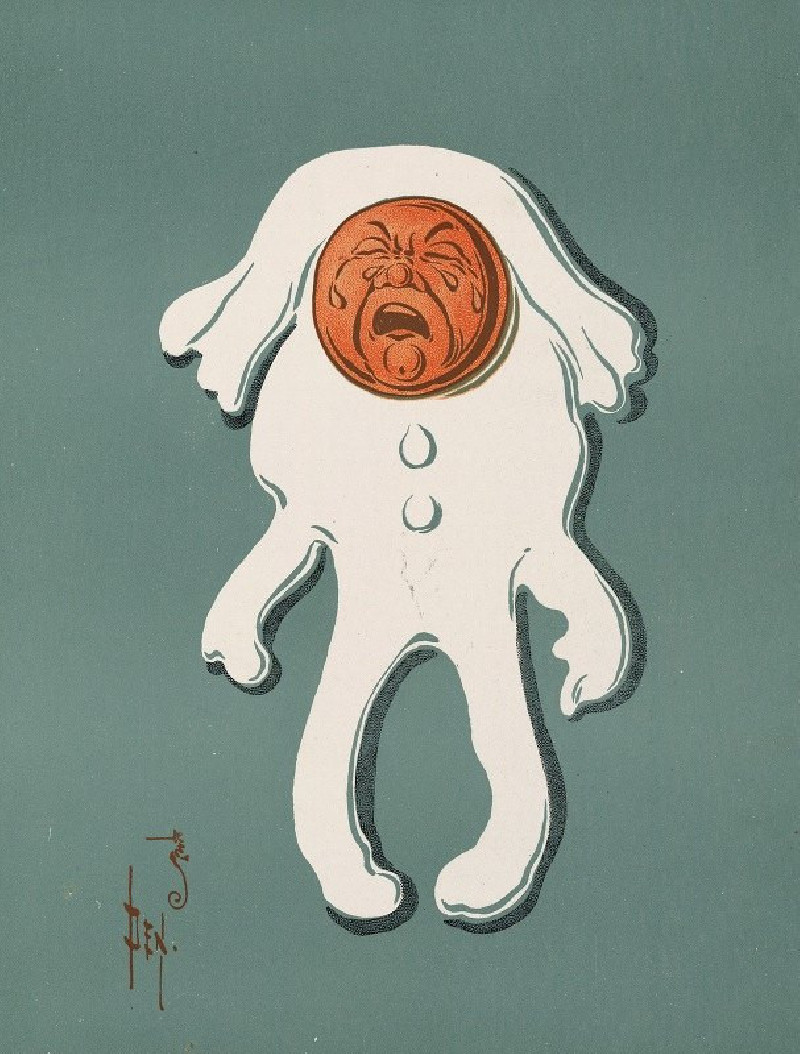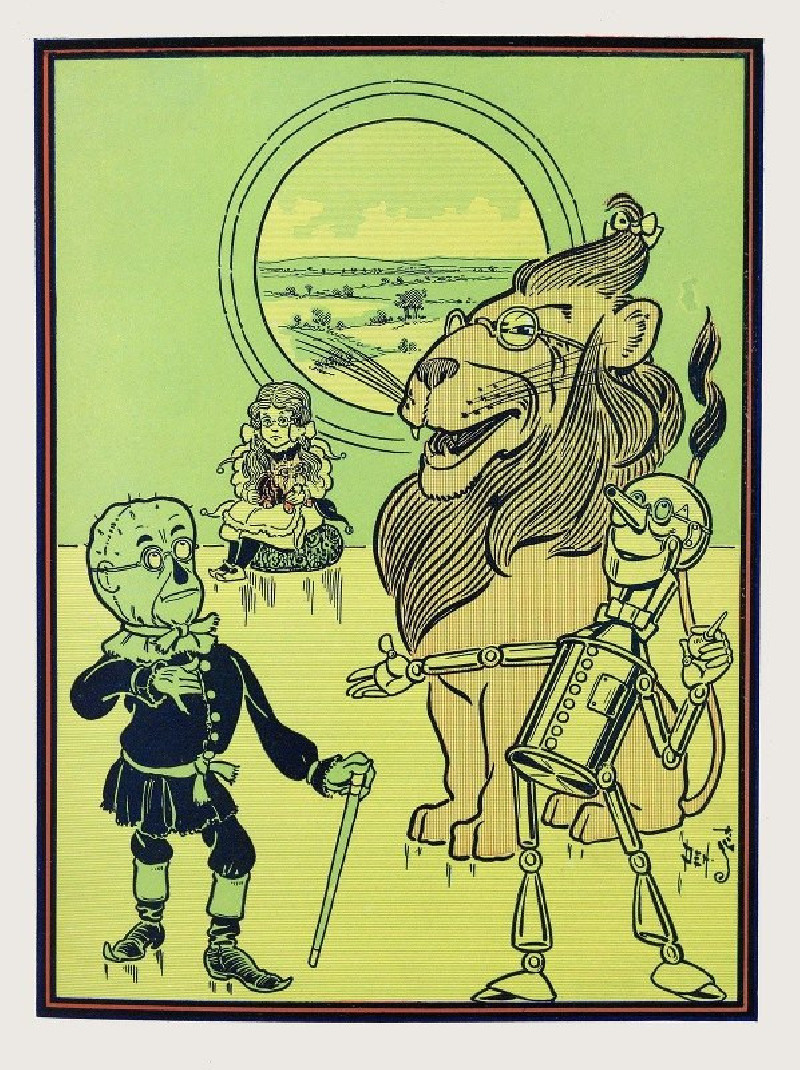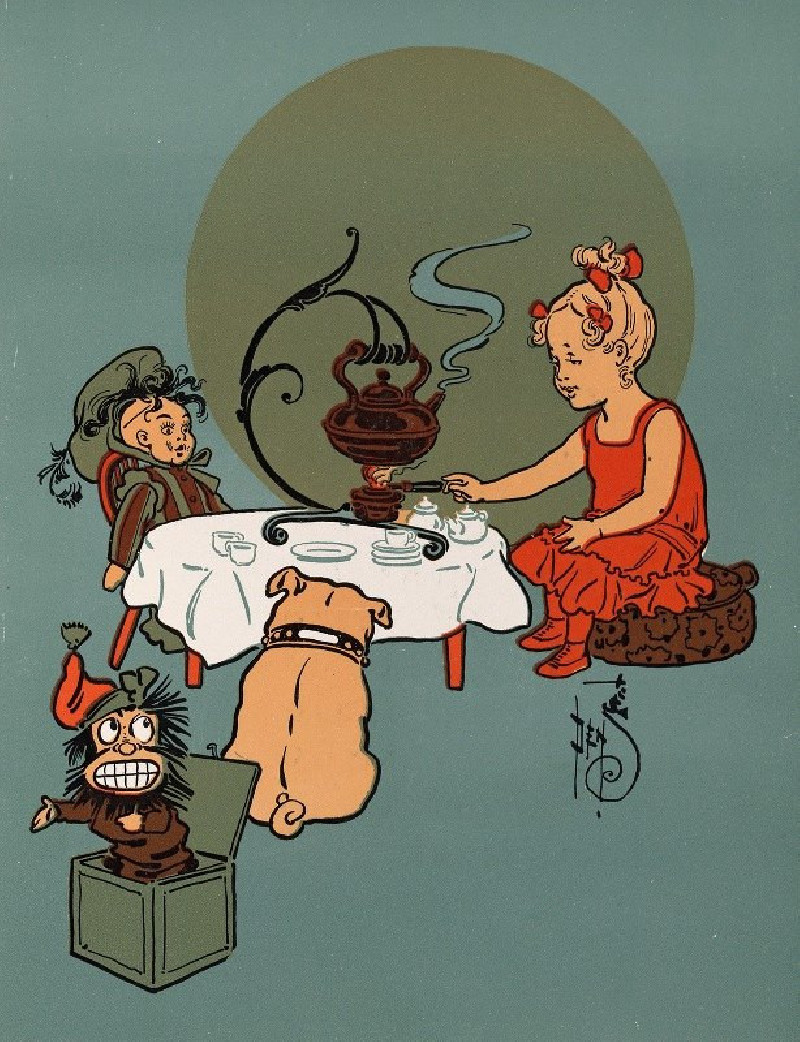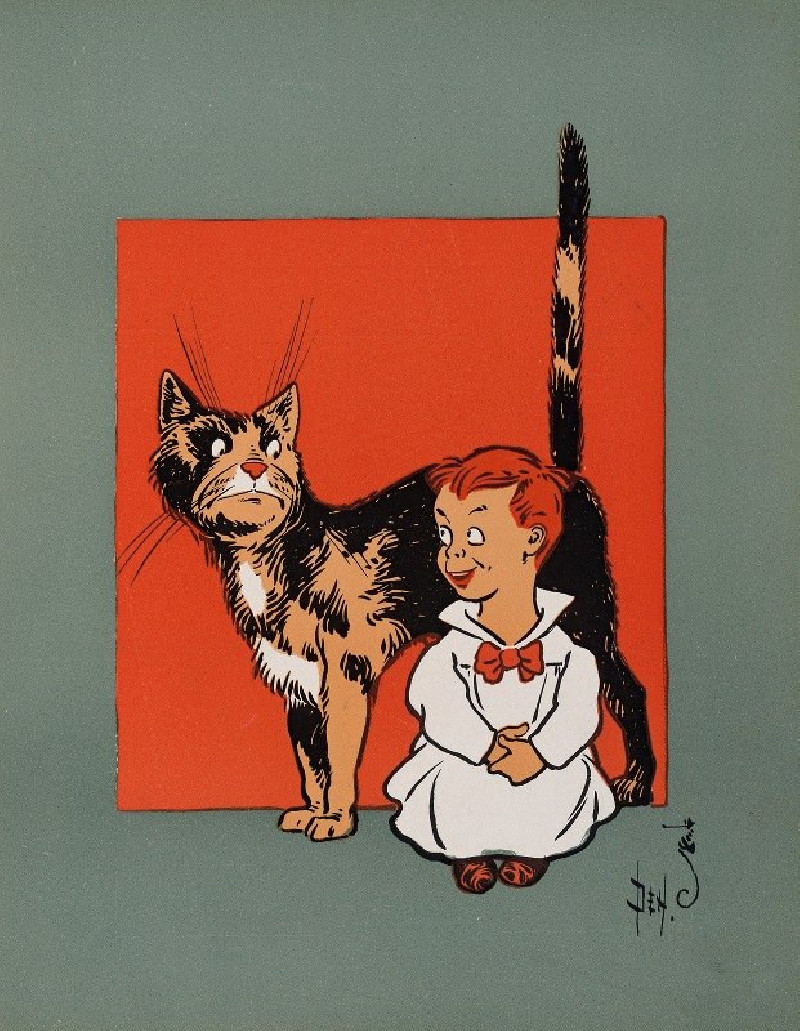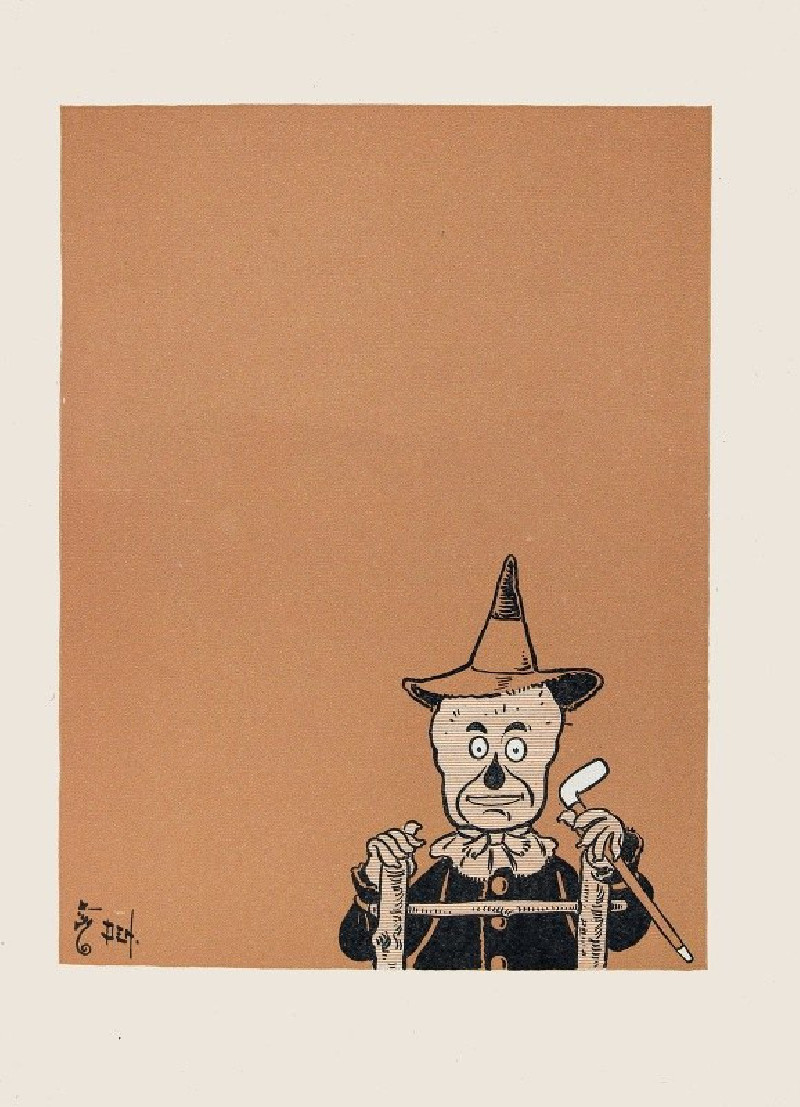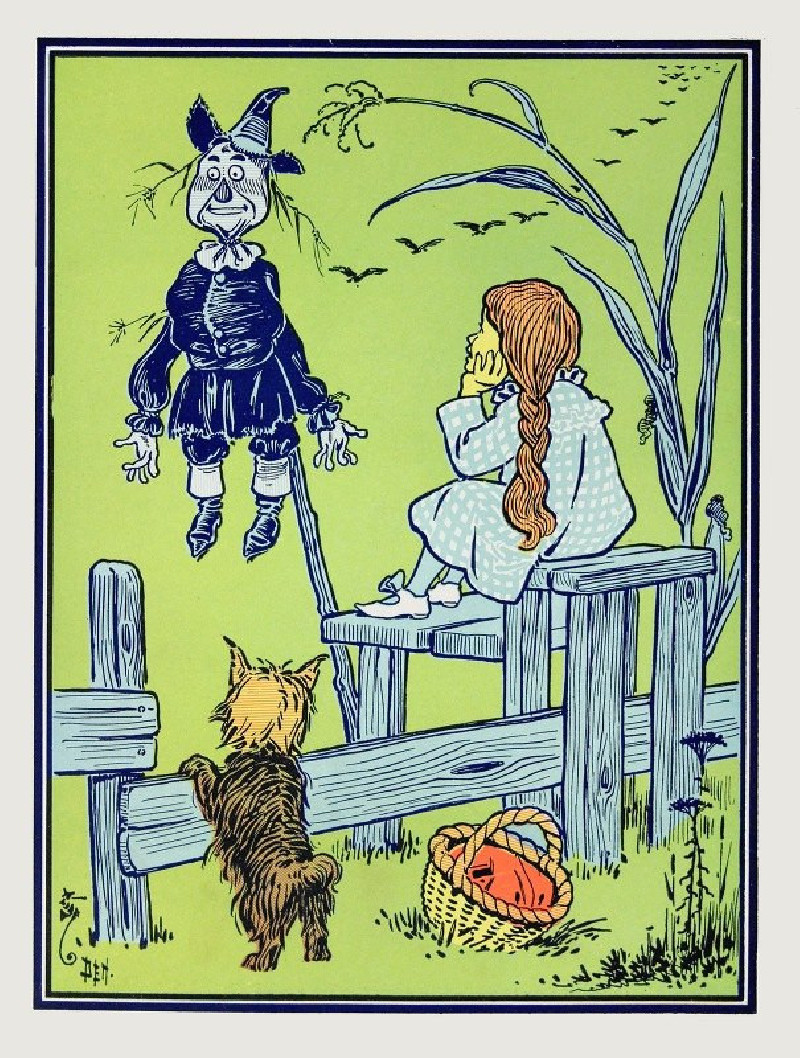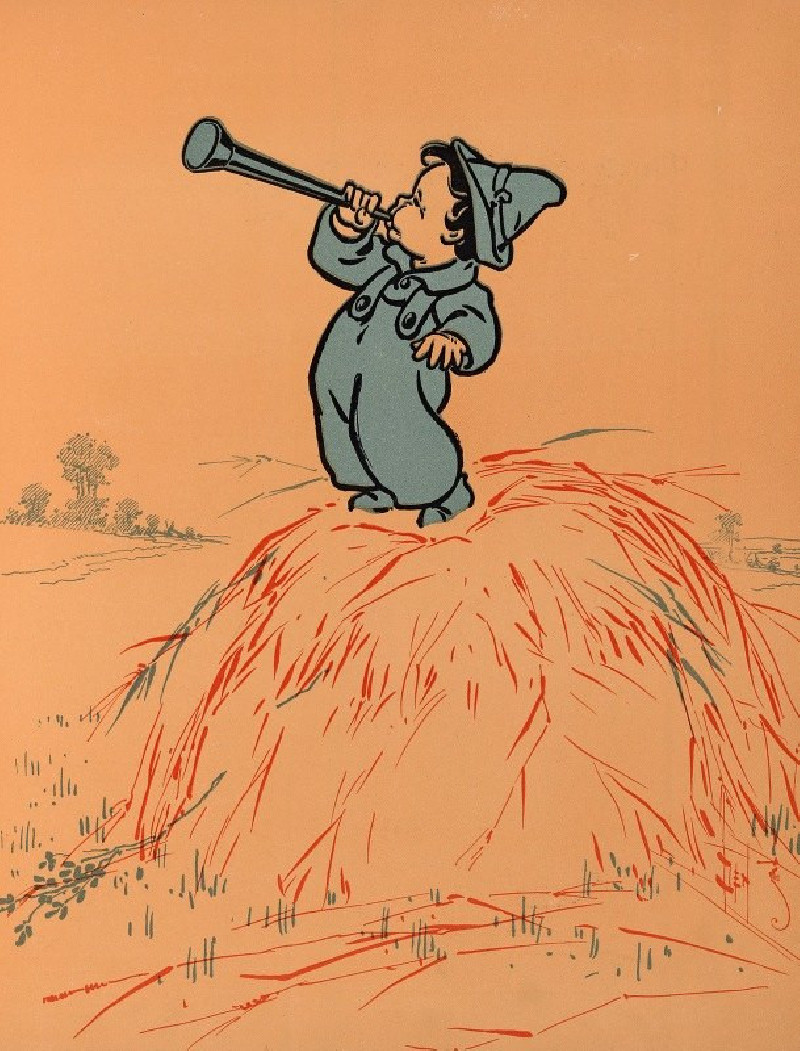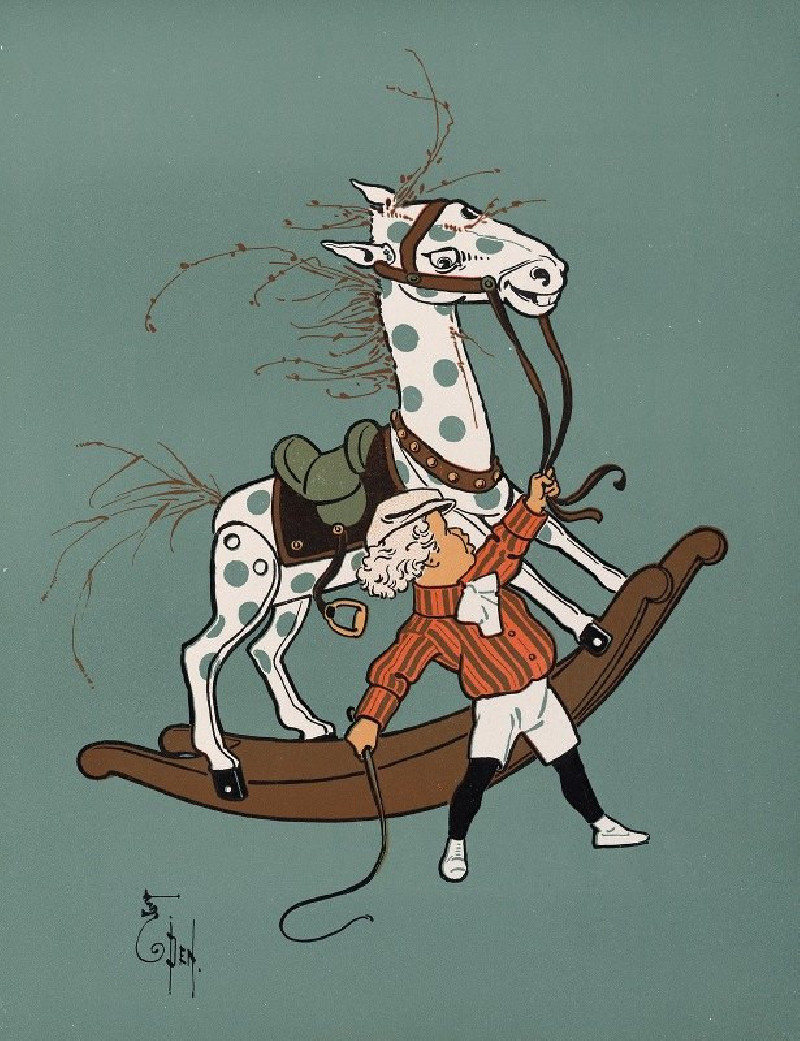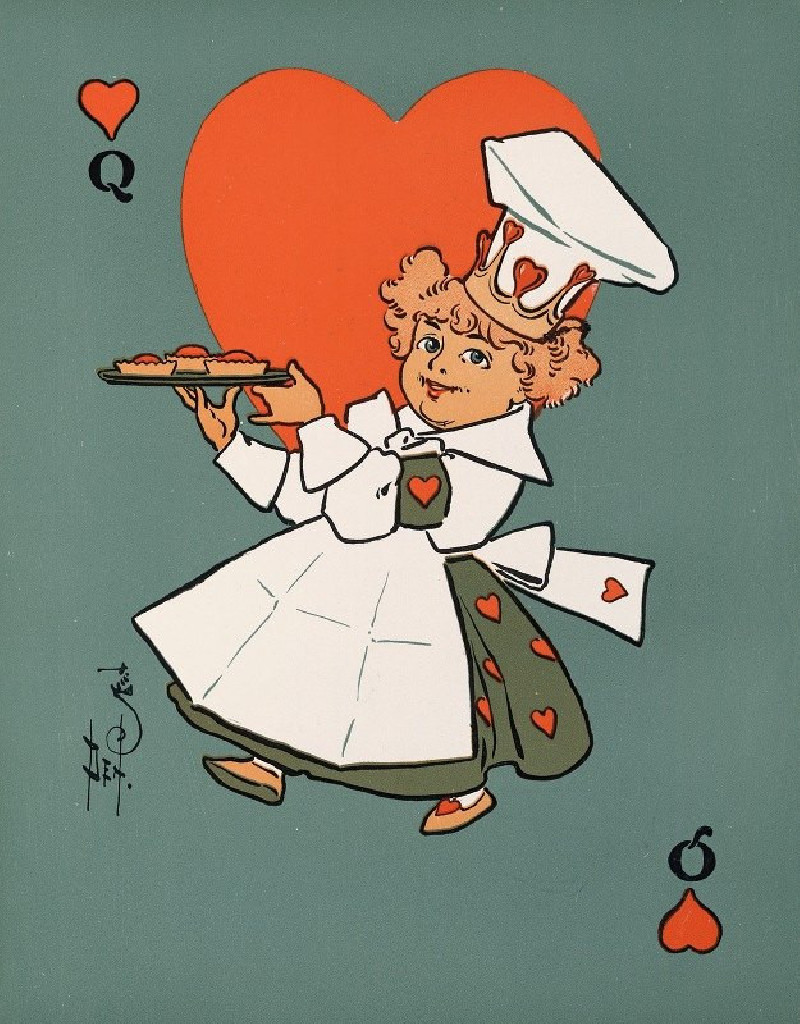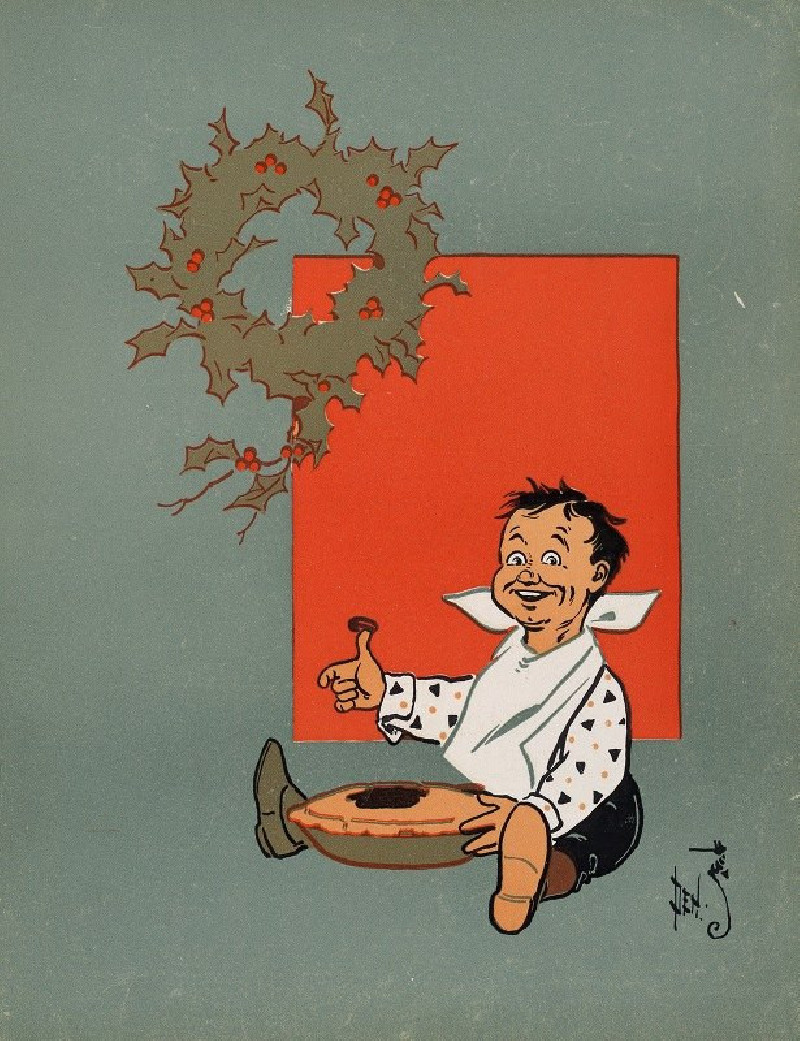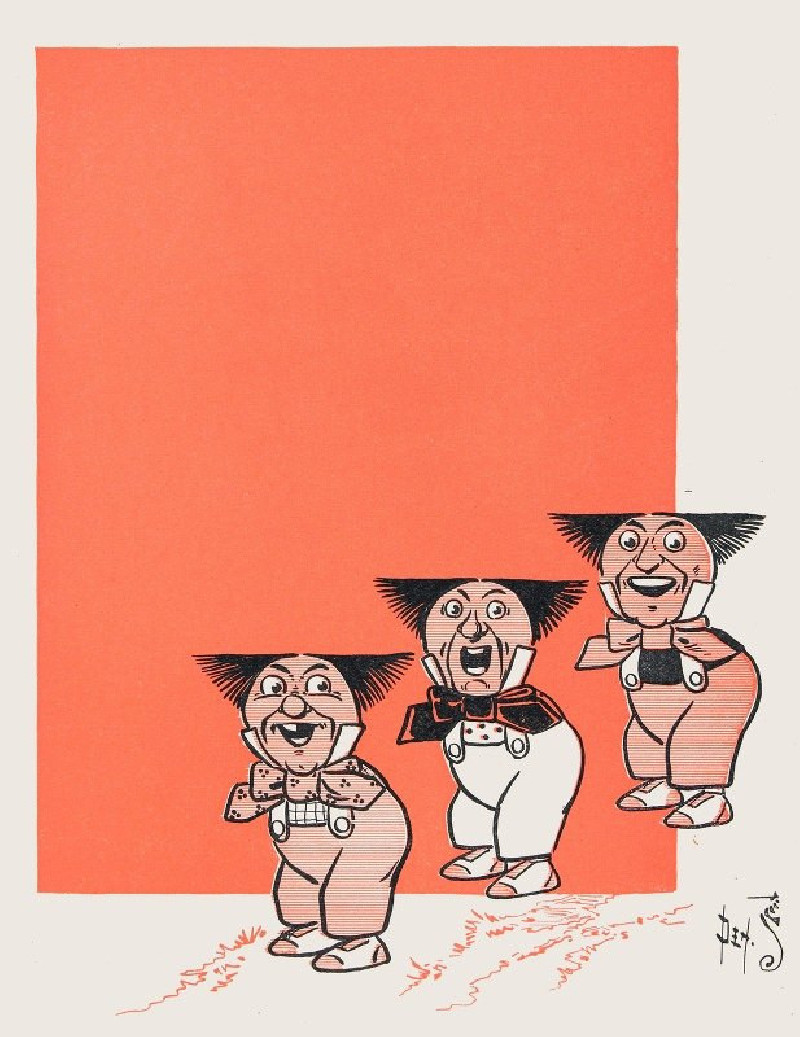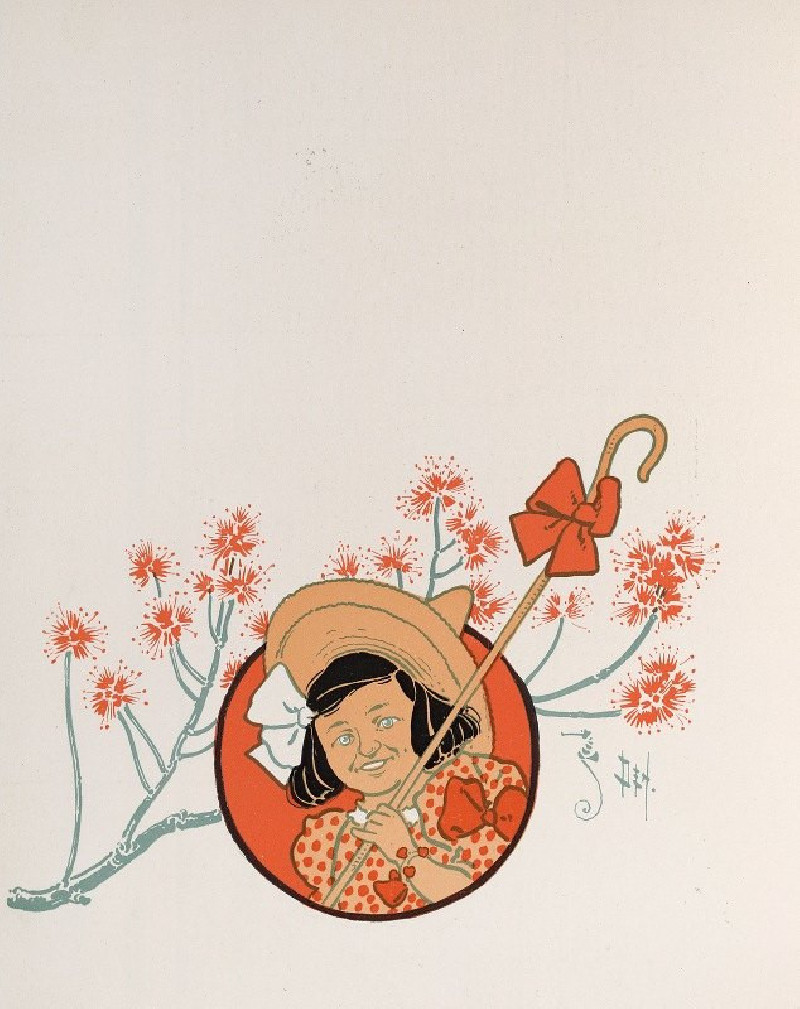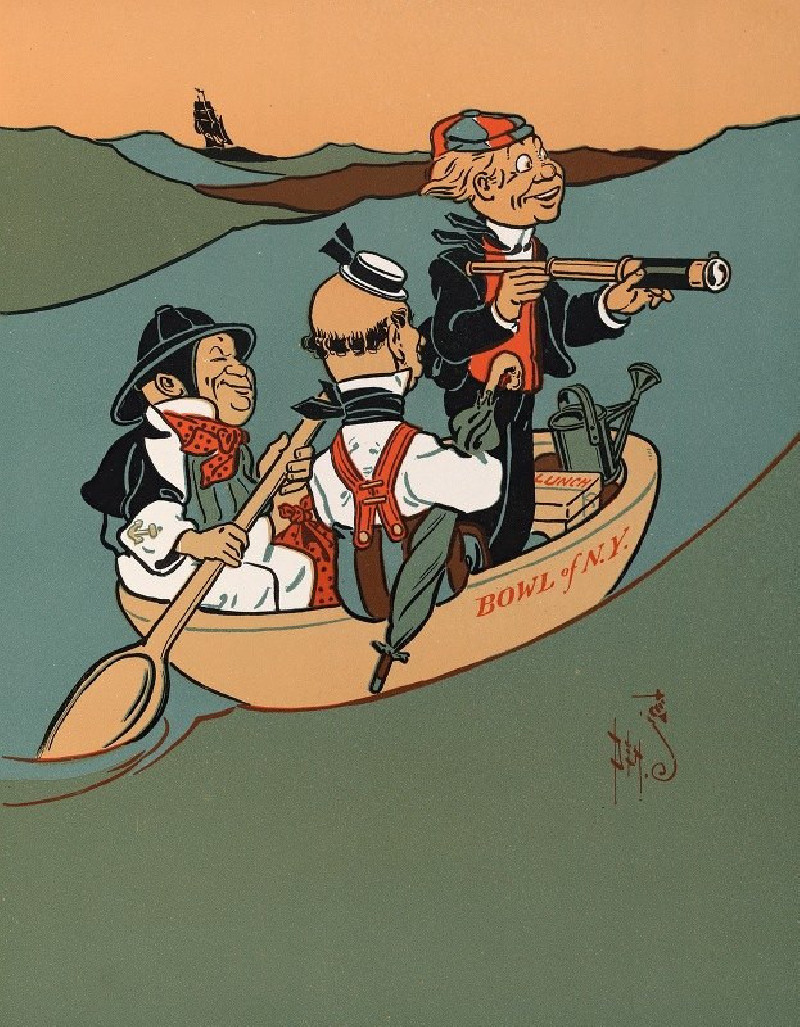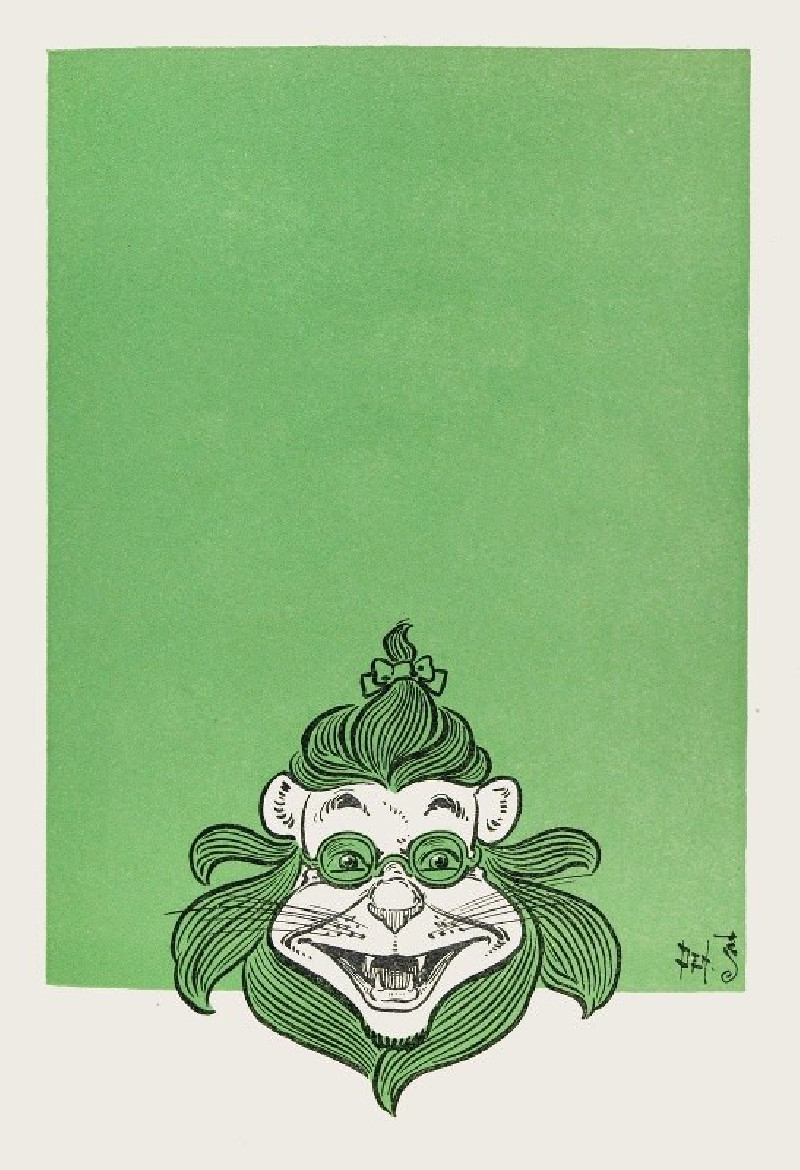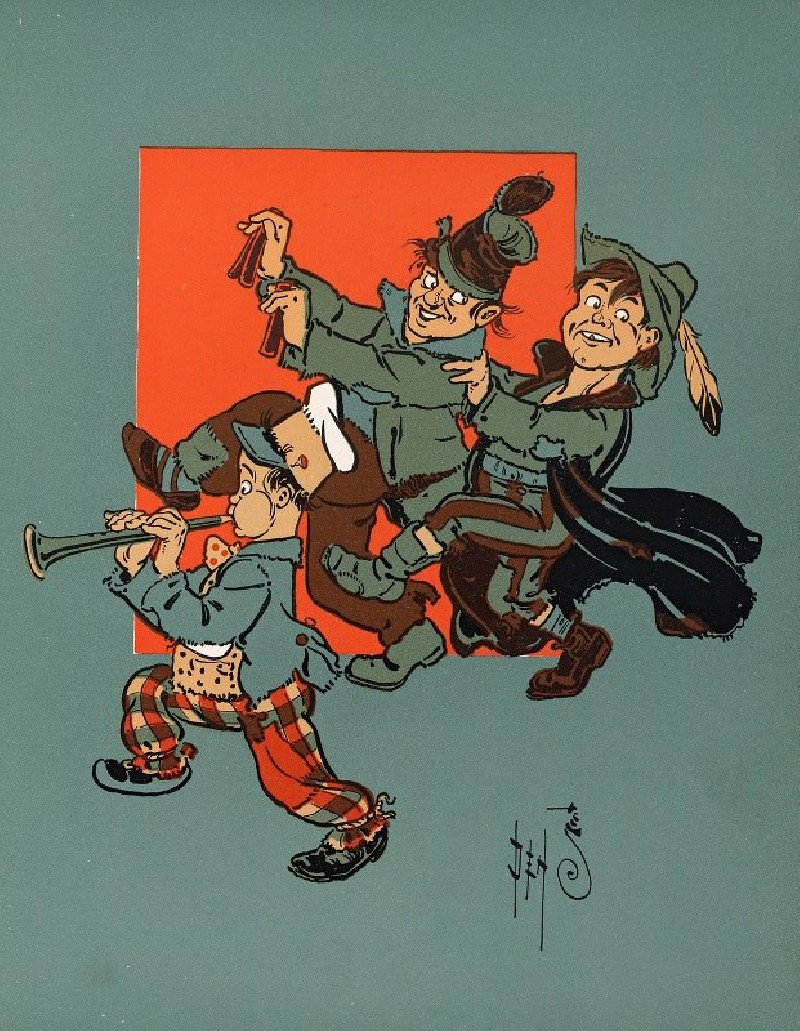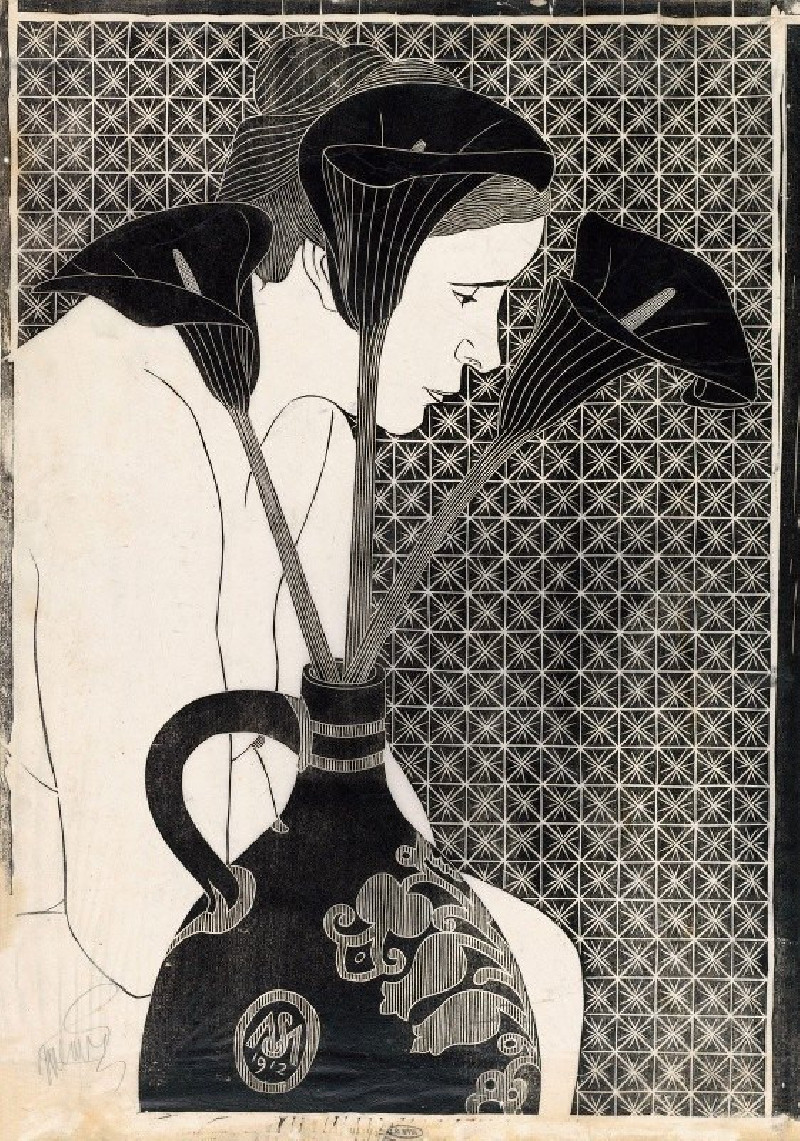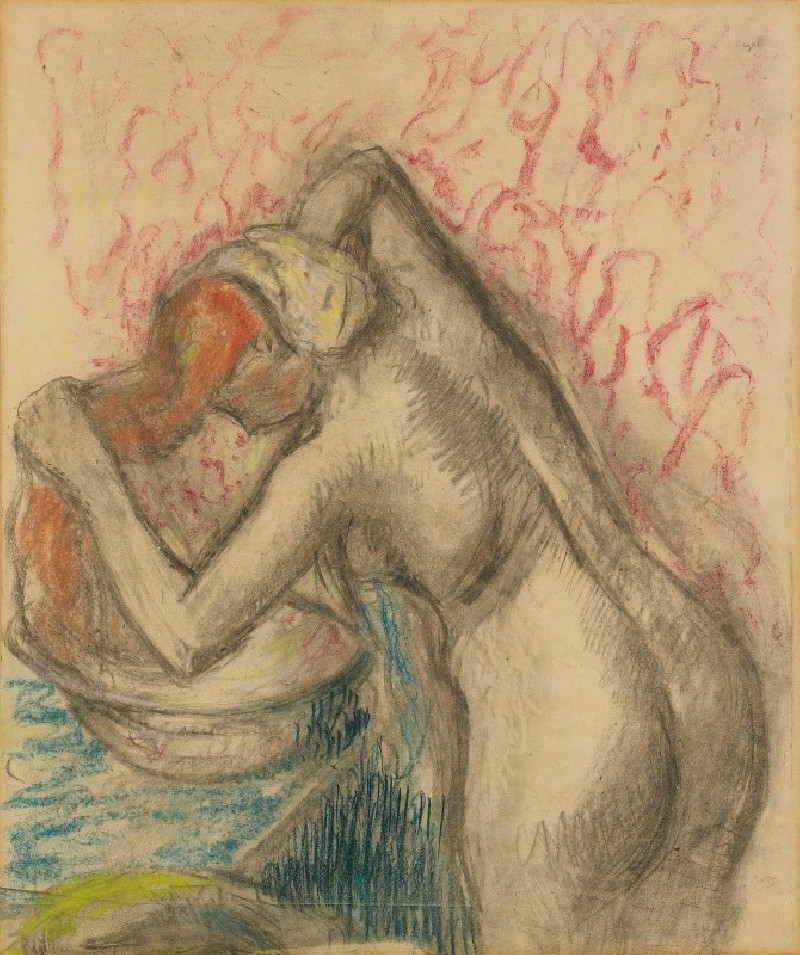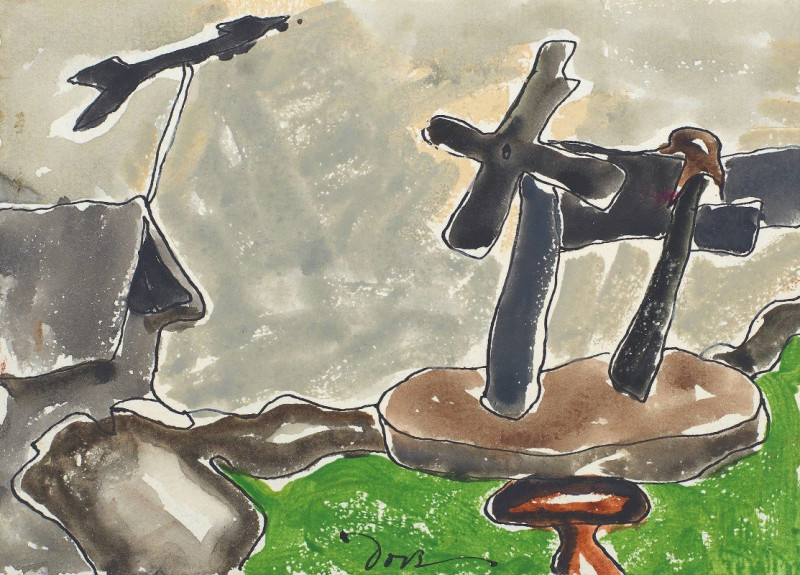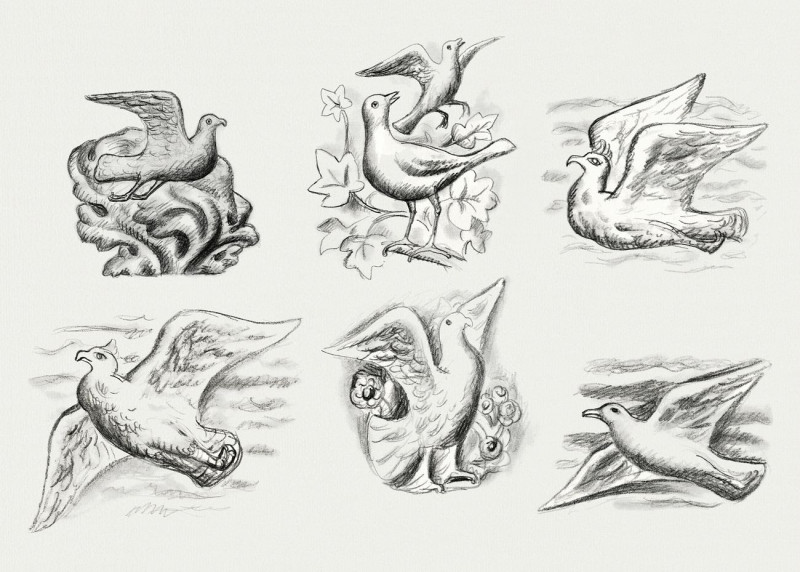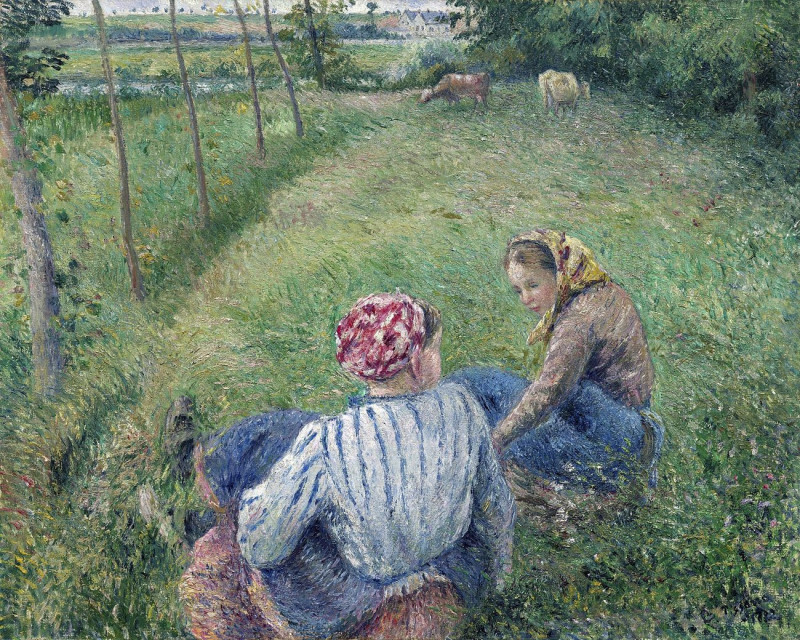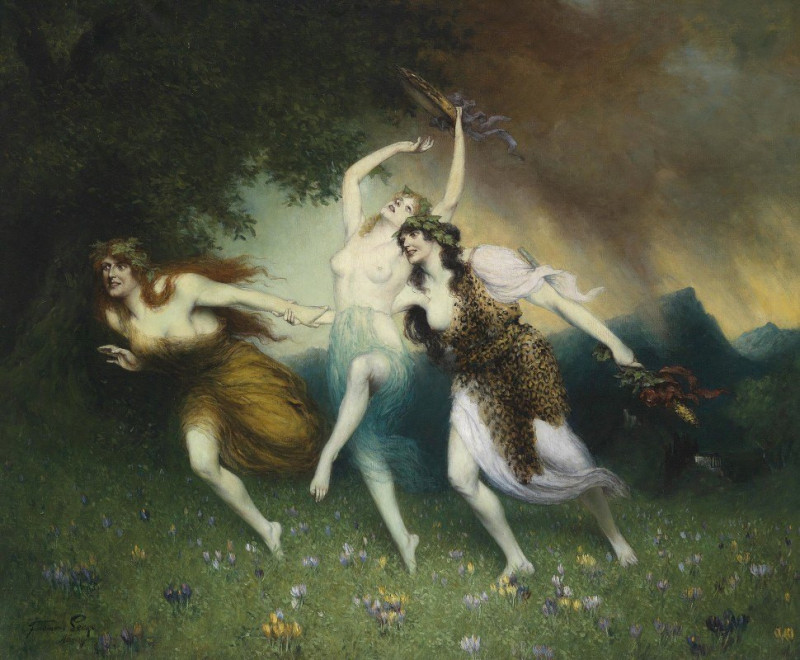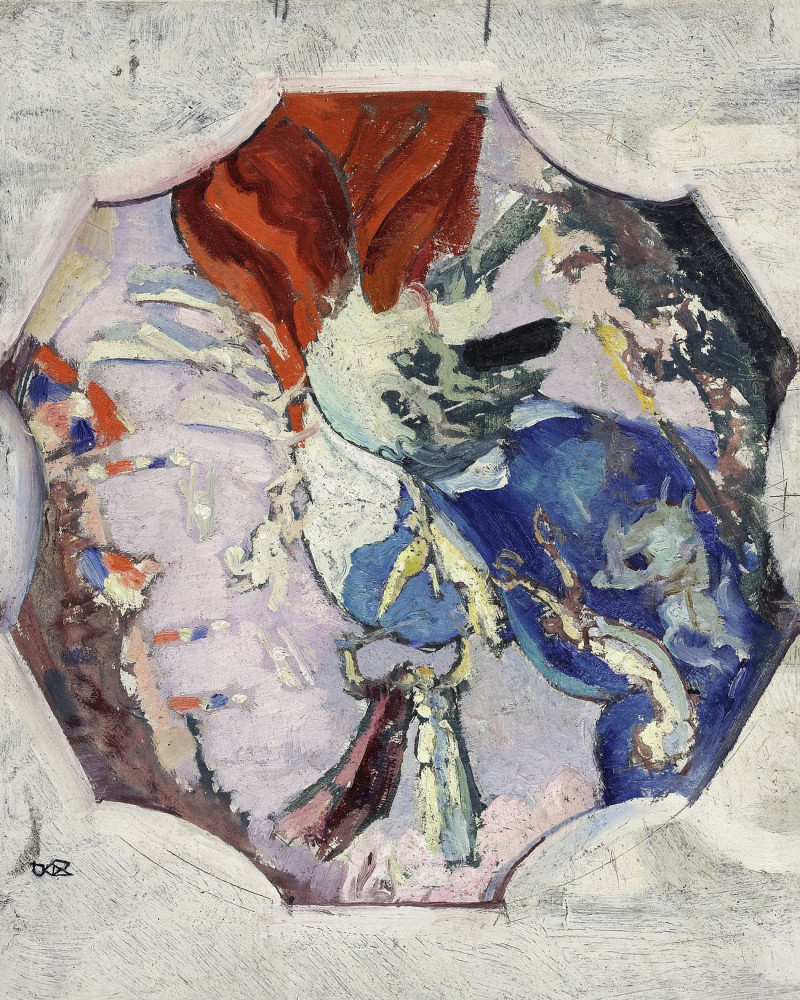Away to the South (1900)
Technique: Giclée quality print
Recommended by our customers
More about this artwork
Welcome to a captivating exploration of "Away to the South" (1900), a distinctive work by the renowned American illustrator William Wallace Denslow. This painting, rich in whimsical charm and historical value, features two intriguing characters: a robot and a young girl, drawn in a unique, flat graphic style that departs from traditional portraiture and taps into the realms of fantasy and early comics.The robot, which stands metallic and tall, exudes an aura of both steampunk and early cinematic influences. It is depicted in a rather detailed manner, its joints, screws, and panels suggesting both functionality and historical technological imagination. The droplets of oil coming from its mouth, an expressively surprising element, add a touch of humor and humanity, reflecting the often whimsical nature found in Denslow’s illustrations.Facing the robot is a young girl who, with her delicate hold on an oversized fabric or basket, appears to be mid-conversation or interaction with the metallic figure. Her expression and stance convey curiosity and engagement, typical of a child's innocent astonishment and fearless approach to the unknown.The stark use of a monochromatic background in this artwork accentuates its subjects, inviting viewers to focus on the interaction between mechanical and human elements, a theme that explores the relationship between man-made creations and their human counterparts."Away to the South" by William Wallace Denslow offers a delightful glimpse into the imaginative and technological aspirations of its time, captivating viewers with its blend of fantasy, technology, and human interaction.
Delivery
Returns
William Wallace Denslow was an American illustrator and caricaturist remembered for his work in collaboration with author L. Frank Baum, especially his illustrations of The Wonderful Wizard of Oz. Denslow was an editorial cartoonist with a strong interest in politics, which has fueled political interpretations of The Wonderful Wizard of Oz.


